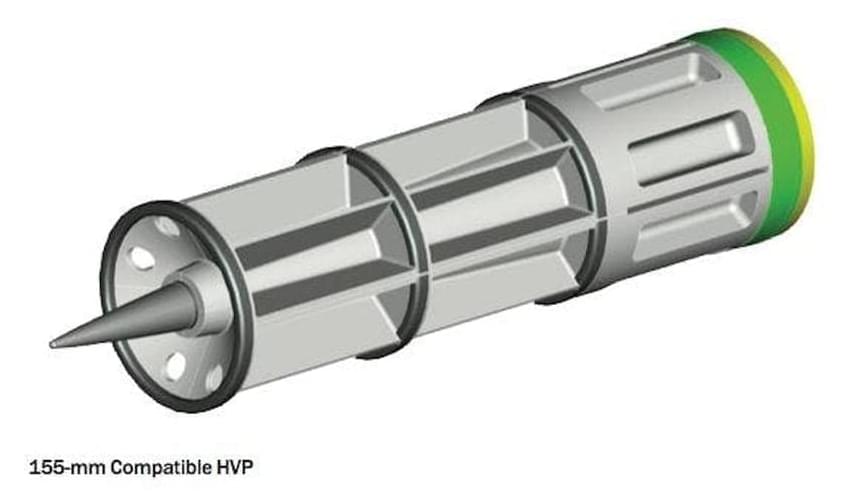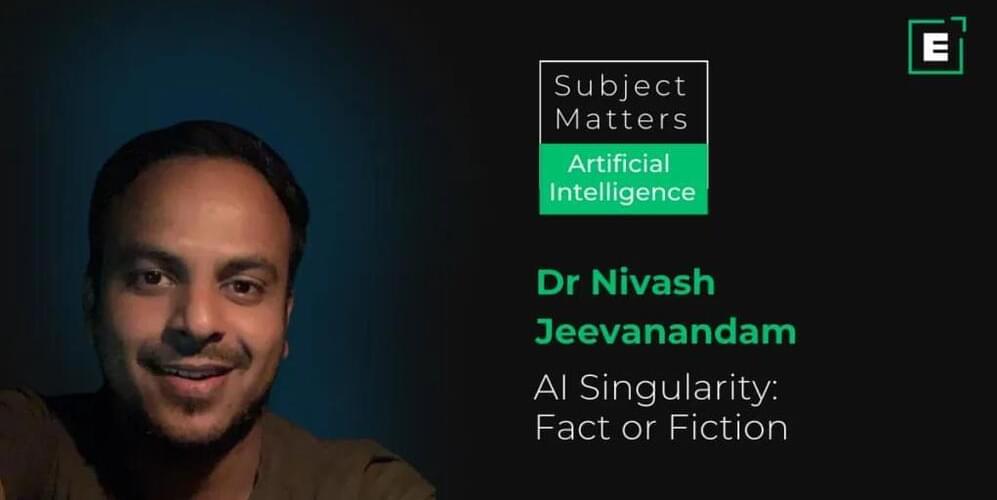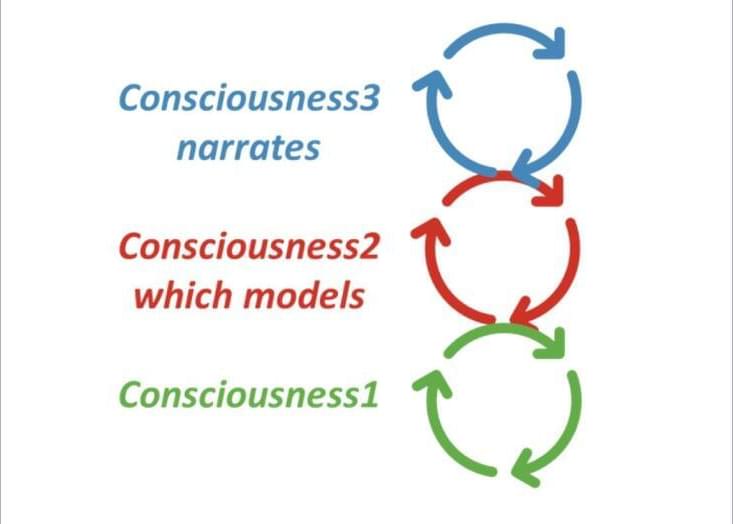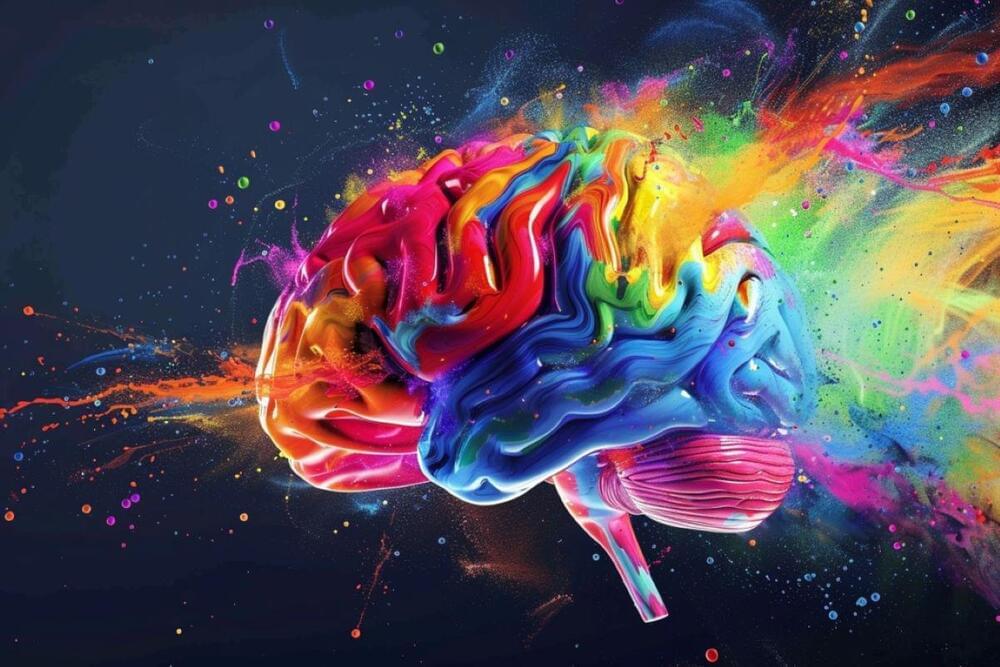Officials of the Army Rapid Capabilities and Critical Technologies Office (RCCTO) at Fort Belvoir, Va., issued a request for information on Monday for the Hypervelocity Projectile (HVP) project.
Army officials want a company able to deliver HVP prototypes no later than fall 2027 for operational demonstrations in 2028, and later for possible deployment. Hypervelocity projectiles fly through the air at speeds of 8 or 9 times the speed of sound.





